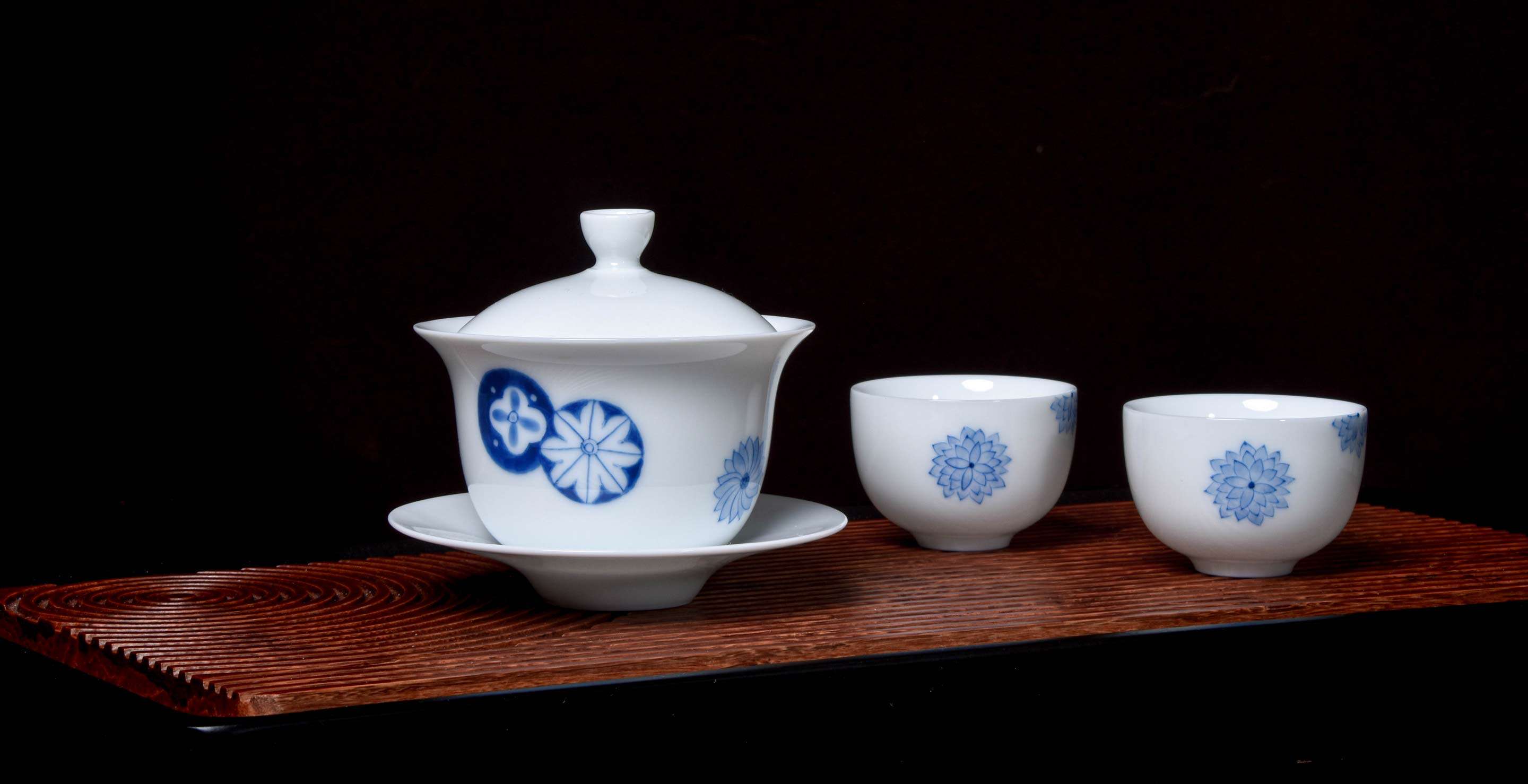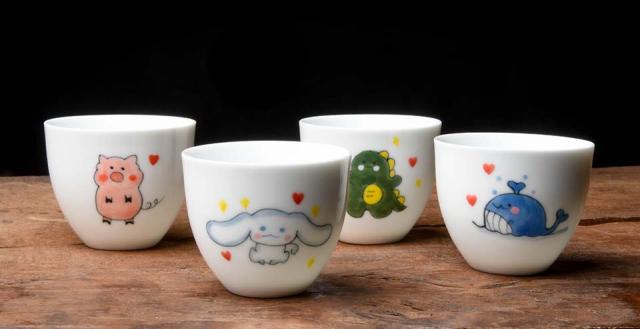
Originally shared in our Tasting Journal Newsletter, Tuesday 01/19/21
This article is excerpted from our Daily Deal Newsletter.
Sign up and be the first to know about special discounts and see list-exclusive small-release tasting journals.
When it comes to the evolution of teaware over hundreds of generations,
one material above any others has ‘stuck’ or ‘resonated’ like no other: porcelain


For hundreds of years, this almost alchemical material science was kept a secret from the world, often imitated, never perfected. What made porcelain so spectacular for tea that the whole world wanted in?
Porcelain is a unique material because it has the smoothness (and non-reactivity) of glass, but the heat resistance of stoneware. It is the smooth - a perfectly even surface that can handle the shock of boiling water without cracking.


What is the value of smooth surfaces in tea? Well, a lot of tea’s aromatics can get tied up at “nucleation points,” or little pores on a brewing surface. The more aromatics get tied up, the less flavorful and aromatic a tea is when you sip it. Porcelain is talked about as “reflective” because it turns those volatile aromatic molecules right back around to you and shows a “true” portrait of the tea by stepping back and out of the way.
In terms of brewing and evaluation, porcelain gets its value and quality from how non-reactive it is. For this reason, thinner, harder, more glass-like porcelain is more difficult to achieve and more coveted than thicker, more porous porcelain and stoneware.


The best value in porcelain teaware comes from De Hua, the site of dozens of ancient kilns that rivaled Jingdezhen. While Jingdezhen porcelain’s firing process and hand-shaping make it often incredibly costly, Dehua kilns have mastered a firing process over hundreds of years that make their work more reliable to produce consistently, keeping costs lower.




We are lucky to work with the Peng Yuan Qing Hua studio in Dehua to bring in paper-thin, lustrous and beautifully non-reactive porcelain that rivals Jingdezhen at a fraction of the cost.
When we met with the owners of the Peng Yuan Qing Hua studio, they walked us through their unique process that yields such beautiful work at such a reasonable price. While Jingdezhen artists hand-throw their pieces in a meticulous and painstakingly slow technique of whittling down thicker pieces, our friends in Dehua use a modern lathe. They start with a block of their hard-paste porcelain clay, and using a mechanical lathe combined with hand-finishing and inspection, they turn the clay out into unbelievably-thin cups and gaiwans.








These pieces are high-fired to be fully non-reactive (vitrified), and then individual artists hand paint finishing details like golden bands, blue flowers, or landscape scenes before firing the pieces again to set the glaze work permanently. These artists are mostly young career painters getting a firm foundation in material science through painting work at the studio, supported by technical masters who oversee forming, finishing, glazing, firing, and more.
The whole process is very true to the form - the mechanical lathe mimics the way a potter throws on the wheel with stunning precision, while individual painters meditate on a single form for multiple firings of cups or gaiwans until they can produce it effortlessly.
This creative process allows for hand-made elegant pieces at a price that can hold its own even against the typical “export” porcelain flooding the market: mold-cast clumsy pieces with stickered printed patterns.




Interested in exploring the studio’s work?
We've just brought back several of their most beloved full sets at an 18% discount - no need to use a coupon code. Here are those beautiful tea sets, ready to brew ‘true’ accurate tea with precision and beauty (available with just the tea tools, or with a beautiful tea board for a full gongfu experience).


 How To
How To Myths & Legends
Myths & Legends Travelogue
Travelogue Tasting Journal
Tasting Journal Talking Shop
Talking Shop Tea 101
Tea 101 Watch
Watch Teaware
Teaware News
News























Leave a Reply